Tony Walsh’s abuse of one boy from 1978 to 1983 was so extreme that he was sentenced this week to a total of 123 years. On Wednesday the High Court is expected to release an unpublished Murphy report chapter dealing with Walsh.
THE EXTENT OF Tony Walsh’s abuse of one young boy over the five years from 1978 to 1983, when the child, “David”, was aged between seven and 12, can be gleaned from the sentences imposed by Judge Frank O’Donnell in the Circuit Criminal Court last Monday: a total of 123 years.
Five of the 13 counts, for buggery, attracted sentences of 10, 12, 14, 16 and 16 years each.
The remaining counts, for indecent assault, brought sentences ranging from four to nine years.
As Walsh is to serve his sentences concurrently, 16 years is the maximum time he will spend in jail. It is the most severe sentence ever imposed on a clerical child sex abuser in the State.
(Four years were suspended, as a psychologist’s report said it was unlikely Walsh would offend again.)
With good behaviour Walsh could be out of jail in 2019.
Fr Brendan Smyth, probably Ireland’s most notorious clerical paedophile, was jailed for 12 years at the Circuit Criminal Court in July 1997. He died a month into his sentence.
Another notorious abuser, the Donegal priest Fr Eugene Greene, was released in 2008 after serving nine years of a 12-year sentence.
But there were elements to the Walsh case that make it stand out and that highlight the bravery and persistence of the now 38-year-old man who pursued it for 17 years, since he first went to the Garda, in 1993.
Walsh spent eight years trying to stop his trial, exhausting the judicial-review process. He failed. He had failed also in another case in 1997. Then, after a round-the-houses judicial review, also under free legal aid, he pleaded guilty and served time.
In David’s case Walsh did not plead guilty and forced a trial. The jury last month found him guilty, unanimously and after just 94 minutes, on the 13 counts.
The speed of the conviction was down to David himself, who, as Justice O’Donnell said on Monday, had been "an absolute stalwart" in his evidence to the court
...
High expectations: What is Chapter 19?
There is a general expectation that the High Court will publish the 29-page chapter 19 of the Murphy report next Wednesday.
Most of the report was published on November 26th last year.
It detailed findings of the Murphy Commission following its investigation of the handling by Catholic Church and State authorities of clerical child sex abuse allegations in the Dublin archdiocese, made between 1975 and 2004 and involving a sample of 46 priests.
Two chapters, 19 and 20, were withheld, as court proceedings were pending against two men who were the subject of each. That remains the case where chapter 20 is concerned.
With the jailing of Tony Walsh last Monday, however, the way now seems clear for publication of chapter 19, and of 21 other references to Walsh in the Murphy report.
"David" has spoken to the commission about his abuse by Walsh.
It is also known from the report itself that it investigated the church tribunal in Dublin that found in 1992 that Walsh should be laicised on foot of allegations of child sex abuse.
It states that "only two canonical trials took place over the 30-year period [investigated].
Both were at the instigation of [then] Archbishop Connell and the Commission gives him credit for initiating the two penal processes which led to the dismissal of Fr Bill Carney in 1990".
The report also says: "Archbishop Connell was one of the first bishops in the world to initiate canonical trials in the modern era. He did so in relation to . . . Fr Bill Carney in 1990."
The blank in the report indicates the missing name of Tony Walsh.
Sitting on the tribunal that laicised Walsh in 1992 were three canon lawyers: the recently retired bishop of Killaloe, Willie Walsh; the current Bishop of Dromore, John McAreavey; and Fr Paddy Corcoran.
Bishop Willie Walsh has said he understood at the time that the archdiocese had told the Garda about the tribunal findings.
It had not.
Neither did McAreavey, Corcoran or Bishop Éamonn Walsh, who was aware of the tribunal and its findings at the time.
Tony Walsh appealed the tribunal decision to Rome, and the ensuing process took a further three years.
In 1994, as that appeal progressed, Walsh sexually assaulted the 11-year-old grandson of a man whose funeral he attended dressed as a priest.
The boy’s parents contacted the Garda. Walsh received a one-year jail sentence for the offence in 1995.
By then Rome had commuted Walsh’s laicisation.
He would remain a priest but spend a decade in a monastery.
When Walsh was convicted in the courts Archbishop Desmond Connell flew to Rome and insisted that Walsh be laicised.
He was.
Abonneren op:
Reacties posten (Atom)
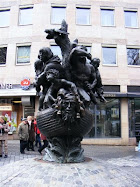
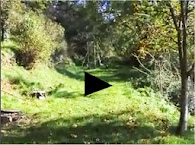
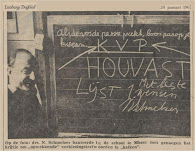

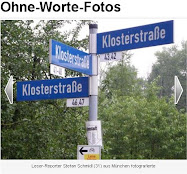
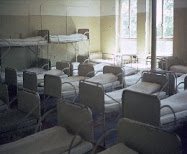






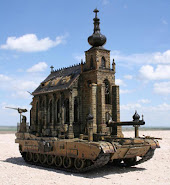
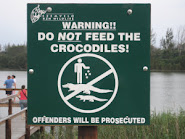

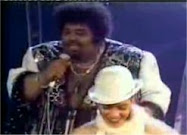
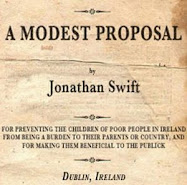


Geen opmerkingen:
Een reactie posten